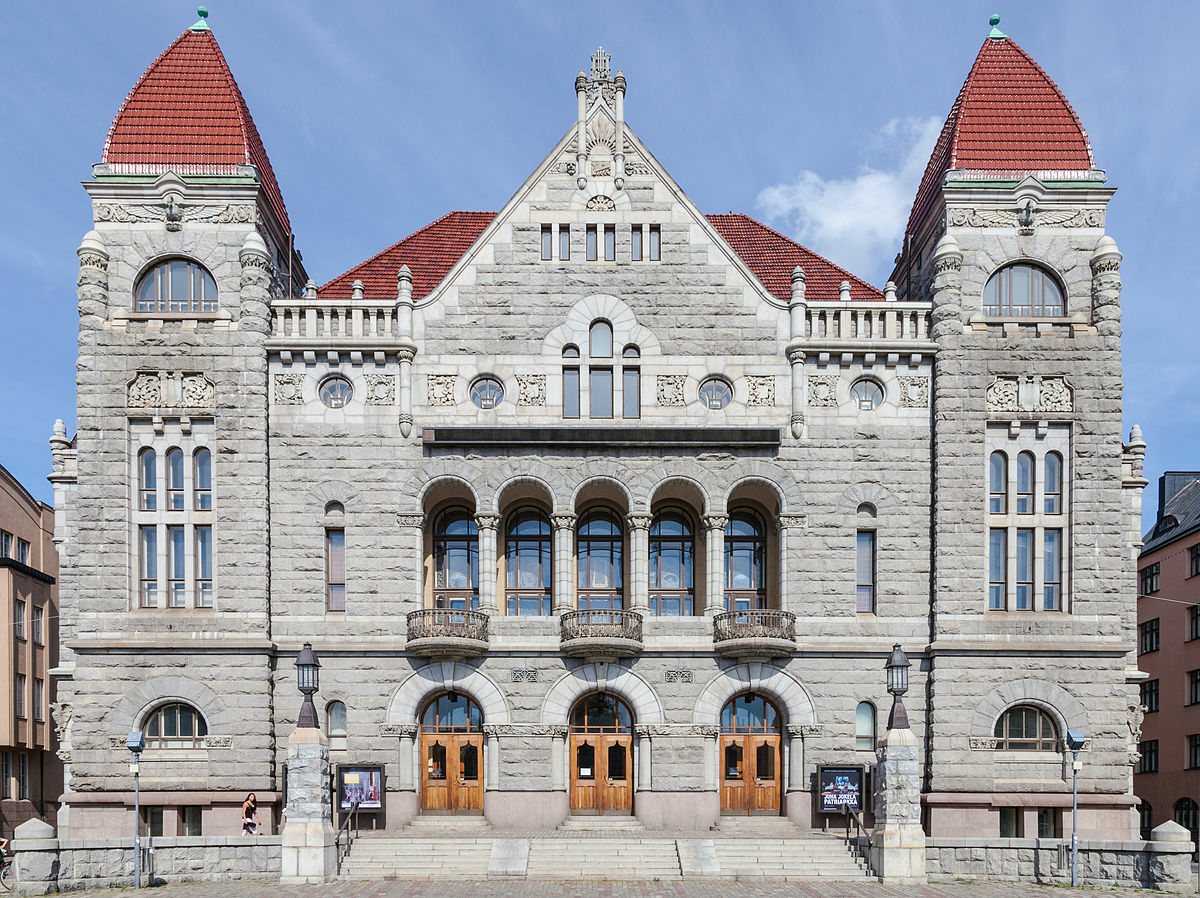EDITOR'S CORNER: No Peace for Christmas
This week, I wanted to take a moment to reflect on the past year and talk a bit about peace in Ukraine. As the holidays approach, it’s a good time to think about what’s happening there, the challenges of finding a resolution, and how the shifting global political landscape could affect things moving forward.
In this post, we’ll look at what Christmas on the front line really means, explore the ongoing conversation around peace in Ukraine, and think about how Trump’s potential presidency might shape the conflict.
HOME FOR CHRISTMAS?
For Ukrainian soldiers on the front line, the idea of going home for Christmas is almost impossible. Christmas for them will likely mean cold, snow-filled trenches, constant attacks from Russian and North Korean troops, and the endless noise of shelling. Their Christmas dinner, if there is one, might be a few rations shared among comrades under the cover of darkness.
For families waiting at home, the holidays can feel equally heavy. While the world celebrates, these families are left hoping for a phone call, a text, or any sign that their loved ones are safe. Missile strikes remain a real threat to civilian areas, and power outages mean even the simplest traditions—like Christmas lights—are hard to keep alive. Yet, in spite of all this, people do their best to celebrate, lighting candles, sharing meals, and leaning on each other for strength.
The realities of war are especially harsh during the holidays. A time meant for joy and love becomes a stark reminder of what has been lost. Still, for many Ukrainians, holding on to the spirit of the holidays is a way of resisting. It’s a small but meaningful act that says, "We will not let this war take everything from us!"
The prospect of peace in Ukraine remains as complex as ever. While some leaders advocate for immediate negotiations, others emphasize that any agreement must protect Ukraine’s sovereignty and territorial integrity. For Ukraine, ceding land in exchange for peace is a difficult and deeply controversial option—one that would only be considered as a last resort. Meanwhile, Russia views any withdrawal as an unacceptable defeat, steadfastly clinging to its claims over disputed territories. This unyielding deadlock has left both sides preparing for further conflict as the new year looms.
International involvement remains a critical factor in the conflict. Western nations have supplied Ukraine with essential weapons and financial aid, but concerns persist about the long-term implications of this support. How far can aid go before it risks escalating the war? And with rising costs of living affecting citizens worldwide, how much longer will constituents tolerate the financial burden?
At the same time, scaling back support risks leaving Ukraine vulnerable and isolated, potentially tipping the scales in Russia’s favor. Such an outcome could have devastating consequences, not only for Ukraine but for Europe and NATO, as it could open the door to a broader confrontation with Russia. Striking the right balance is crucial, but the stakes grow higher with each passing day.
Adding to the uncertainty is the looming return of Donald Trump to the U.S. presidency. His foreign policy approach has always been unpredictable, and a shift in American priorities could significantly alter the current dynamics. Would his administration focus on brokering a peace deal, scaling back support, or pursuing an entirely different strategy? With just weeks until his inauguration, the world waits to see how his decisions will impact the conflict. The answers could determine whether the path to peace is expedited or whether the war drags on into another year.
FINDING HOPE IN DARKNESS
In the midst of all this, Ukrainians continue to find ways to hold onto hope. Volunteers and aid workers are doing everything they can to make the holidays brighter, delivering food, gifts, and other essentials to families in need. Soldiers on the front line exchange small tokens of kindness, like a shared song or a handwritten note, to remind each other what they’re fighting for.
Traditions play a big role too. Even during war, Ukrainians find ways to honor the spirit of Christmas—attending church services, cooking traditional dishes, or simply spending time together when it’s safe to do so. These small acts of normalcy are a way of saying that life goes on, even in the darkest times.
For the rest of the world, the holiday season is a chance to show solidarity. Whether it’s through donations, raising awareness, or simply paying attention, there are ways to support Ukraine’s fight for peace and freedom. The holidays are a reminder of what’s at stake—not just land or politics, but the lives and futures of millions of people.
As this year ends, the war in Ukraine continues to cast a long shadow. The holidays, which should be a time of joy, instead highlight the deep scars of the conflict. But they also remind us of the resilience of the human spirit. For Ukrainians, holding on to hope and tradition is a way of fighting back, of refusing to let war take everything from them.
For those of us watching from afar, there’s an opportunity to do more. Whether it’s donating, advocating, or simply staying informed, we can all play a small part in helping Ukraine through this difficult time. Peace may feel distant, but it’s not impossible.
While we move into a new year, let’s carry the lessons of this one with us. The world feels fragile, but the strength and determination of the Ukrainian people remind us that even in the hardest times, there’s a reason to keep going.






Comments
Post a Comment